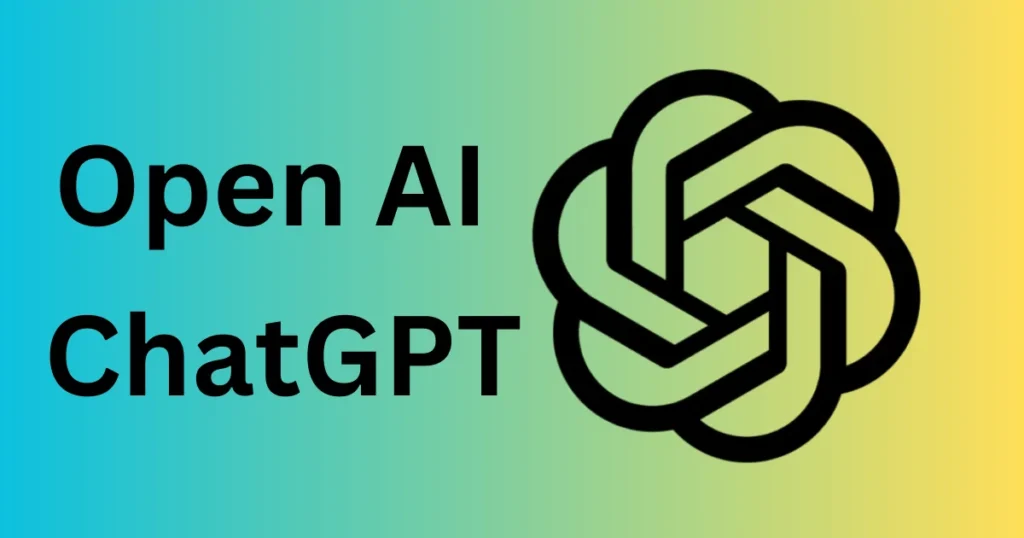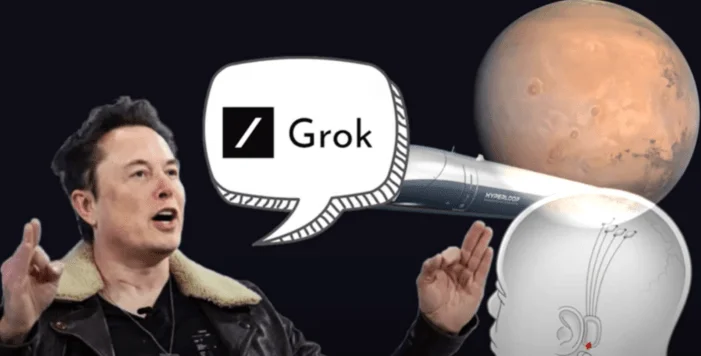How The AI Behind ChatGPT Works: Unlocking Powerful Insights

Introduction,
How the AI behind ChatGPT works. One amazing use of AI that right now, we have is the evaluation of natural language. ChatGPT, created by OpenAI, is a wonderful instance of how artificial intelligence can generate human-sounding language. But how does ChatGPT perform? Let’s look at the technologies, techniques, and useful applications allowing this advanced artificial intelligence system to run.
Table of Contents
ToggleThe Foundation: GPT Architecture
The Machine Learning Pre-Trained Transformer (GPT) framework, a sort of neural network that has changed natural language handling, is the foundation of ChatGPT. Among the essential elements of GPT are:
- Transformer Model:
- The Architecture of transformers, which was initially shown by Vaswani et al. in 2017, utilizes mechanisms. like self-attention to efficiently handle data sequences like sentences or paragraphs.
- Transformers are designed to handle large-scale text data and understand context by assigning importance to specific words in a sequence.
- Pre-training:
- Large volumes of text data from various sources are used to pre-train GPT models. The model gains knowledge of the statistical relationships and patterns among words during pre-training.
- The objective during pre-training is typically to predict the next word in a sentence, a process known as language modeling.
- Fine-tuning:
- After pre-training, GPT models undergo fine-tuning on specific datasets to tailor their responses for particular use cases. This stage improves the model’s applicability for real-world applications by making certain that it nearly corresponds to the desired outputs.
Important Features of ChatGPT's AI
- Attention Mechanism:
- The model may concentrate on pertinent portions of the input text when producing a response thanks to the self-attention mechanism.
- This mechanism helps ChatGPT maintain coherence and context in conversations.
- Tokenization:
- Before being entered into the model, text is divided into smaller components known as tokens. An example of this would be to split ChatGPT into Chat & GPT. Tokenization ensures that the model can effectively process and generate text.
2. Massive Training Data:
- ChatGPT has obtained guidance on several datasets, such as books, articles, and web pages, allowing it to understand and respond to a broad variety of topics.
- Parameter Scaling:
- Modern GPT models have billions of parameters. These parameters are the weights learned during training, which enable the model to generate accurate and context-aware responses.
How ChatGPT Generates Responses
- Input Processing:
- When you provide an input prompt, it is tokenized and processed by the model.
- Context Understanding:
- The model analyses the input and considers the context using the self-attention mechanism.
- Response Generation:
- ChatGPT generates a probability distribution over the possible next token.
- It selects tokens based on these probabilities, which are then combined to form a coherent response.
- Temperature and Top-p Sampling:
- Temperature controls the randomness of responses. A lower temperature results in more focused outputs, while a higher temperature increases creativity.
- Top-p sampling (nucleus sampling) selects the next token from the most probable subset of tokens, ensuring relevance and coherence.
Ethical Considerations in AI Training
While the AI behind ChatGPT is powerful, its development comes with ethical challenges:
- Bias in Training Data:
- Given that GPT models learn from enormous datasets, they can acquire prejudices unintentionally present in the data.
- An attempt is made to minimize such biases, but it continues to be a difficulty.
- Misinformation:
- The model may generate plausible but incorrect or misleading information.
- Developers implement safeguards and encourage users to verify critical outputs.
- Misuse of Technology:
- Like any advanced tool, ChatGPT can be abused, for example, by producing spam or deceptive material. OpenAI provides guidelines and monitoring to reduce these hazards.
Real-World Uses for ChatGPT
Because of its adaptability, ChatGPT is useful in some fields:
- Customer Support:
- Automating responses to common queries, reducing response time, and enhancing user experience.
- Content Creation:
- Supporting authors with generating ideas, writing articles, and coming up with innovative ideas.
- Education:
- Serving as an online instructor to explain concepts, answer questions, and provide educational materials.
- Programming Assistance:
- Helping developers debug code, generate snippets, and understand programming concepts.
Future Prospects of AI Models Like ChatGPT
The future of AI-driven language models holds immense promise:
- Improved Contextual Understanding:
- Future models aim to better understand complex queries and provide even more accurate responses.
- Multimodal Capabilities:
- Integrating text with images, audio, and video to create richer interactions.
- Personalization:
- Tailoring responses to individual user preferences and needs.
- Enhanced Ethical Safeguards:
- Implementing stricter measures to reduce biases and ensure responsible AI usage.
Final Thoughts,
How the AI behind ChatGPT works . ChatGPT’s artificial intelligence is a revolutionary development in natural language processing. It can produce remarkably accurate answers that resemble those of a human thanks to its advanced processes, intensive training, and transformer model base. Models like ChatGPT will surely be crucial in determining how humans and computers interact in the future as AI develops. In addition to demythologizing this technology’s potential, knowing how it operates also gets us ready for its revolutionary potential.
FAQs
Using its transformer architecture, ChatGPT analyses the incoming text by examining its context, patterns, and structures. It creates answers by forecasting the most likely word sequence that follows the input based on its training.
Large datasets, including as books, webpages, and other publicly accessible materials, were used to train ChatGPT. In order to help the AI, acquire language patterns, syntax, and meaning, it was trained to predict the next word in a sentence.
A method known as “contextual attention” is used by ChatGPT to remember the history of conversations. Despite having a limited recall of past exchanges, it uses the conversation’s past speech to produce contextually relevant responses.
ChatGPT can be updated and enhanced through retraining by OpenAI, even if it doesn’t “learn” from interactions in real-time. As new iterations and additional data become available, the model can improve over time.
Because OpenAI takes privacy seriously, ChatGPT interactions are made to be safe. OpenAI constantly strives to enhance data security and user privacy under industry best practices, and user data is never retained in a manner that can be directly linked to specific persons.


